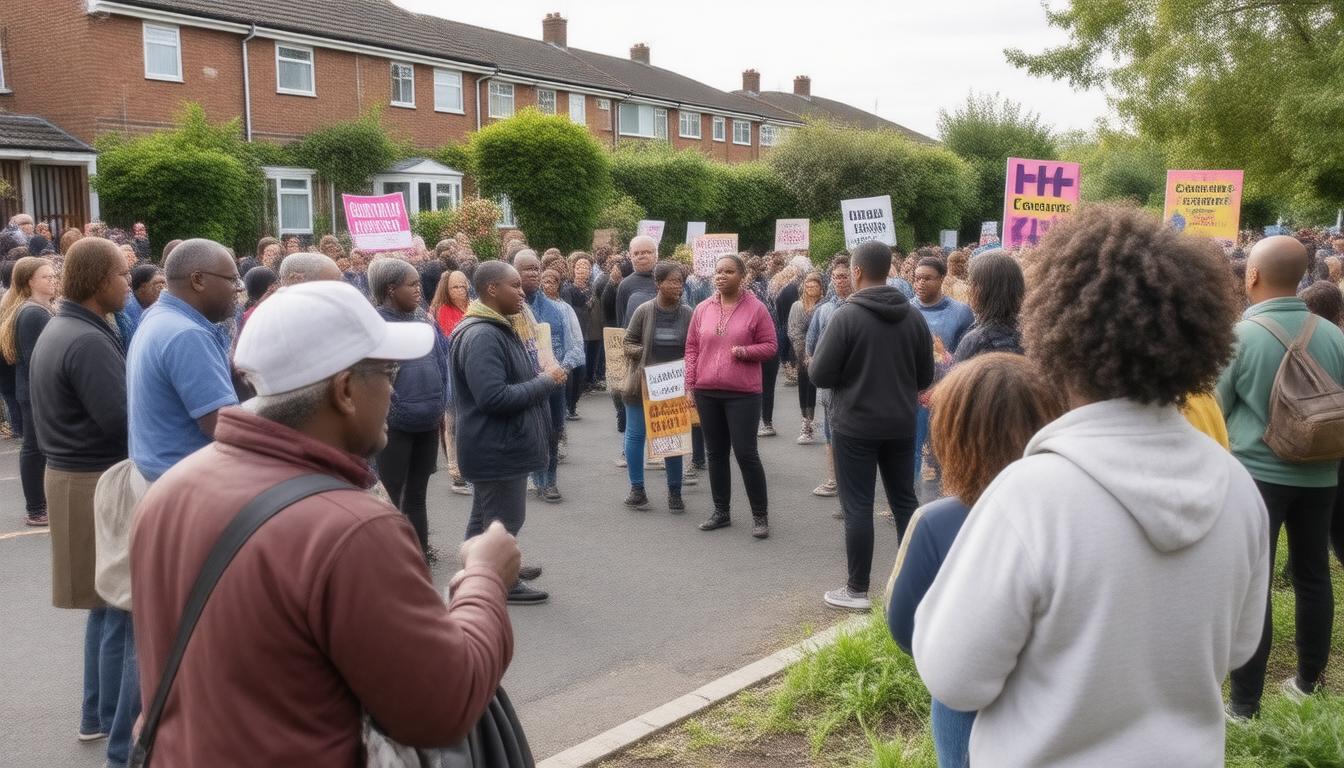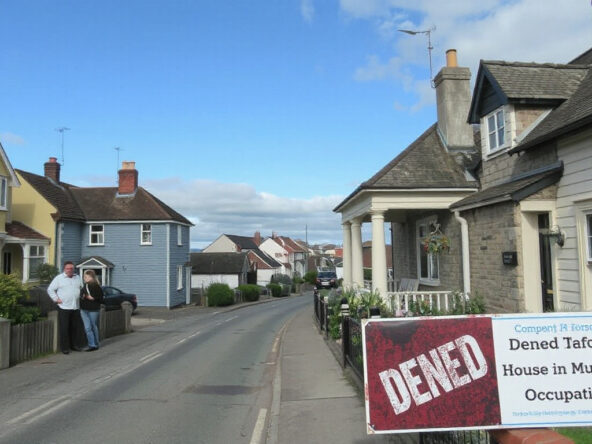Residents in East Durham are taking a proactive stance to safeguard their neighborhoods, as they campaign for greater regulation of houses in multiple occupation (HMOs). With a growing number of HMOs converting family dwellings, concerns have surged among residents about the potential social impact on their communities, prompting a petition, signed by 153 individuals, that has gained the attention of Durham County Council. This initiative reflects a broader desire to implement measures that mirror regulations found in more densely populated areas, such as the city center of Durham. Seaham councillor Kevin Shaw has been vocal about the risks posed by the rise of HMOs in economically challenged regions, cautioning that without adequate protections, the fabric of these communities could be irreparably altered. While there are current stipulations for HMOs accommodating over six occupants requiring planning permission, the council has indicated that the relatively low number of HMOs in East Durham limits their ability to impose stricter controls or an Article 4 direction. Michael Kelleher, head of planning and housing at the council, reiterates that the concentration of HMOs is a significant issue in Durham City, which necessitates unique measures not yet applicable to East Durham.
Key Takeaways
- Residents of East Durham are advocating for stricter regulations on Houses in Multiple Occupation (HMOs) to protect their community.
- The council acknowledges the low number of HMOs in East Durham, which complicates the case for introducing more stringent controls.
- Concerns have been raised that the conversion of family homes into HMOs could negatively affect local communities, particularly in economically vulnerable areas.
Concerns Over HMO Growth in East Durham
In East Durham, residents are increasingly concerned about the rapid growth of houses in multiple occupation (HMOs). A recent petition, which has gathered 153 signatures, is urging Durham County Council to impose stricter regulations on HMOs in the region, as many feel the current framework lacks the necessary protections that are seen in more urban areas like the city centre (Durham County Council, 2024). Seaham councillor Kevin Shaw highlighted that the conversion of family homes into HMOs could negatively impact local communities, particularly in the economically disadvantaged areas of East Durham, where there has been a noticeable uptick in HMO applications. Despite current regulations requiring landlords to obtain planning permission for properties with more than six occupants, the council’s data indicates that the overall number of HMOs in East Durham remains low. This has made it challenging for the council to justify the implementation of more stringent regulations or an Article 4 direction, which would necessitate additional planning permissions for HMOs (Kelleher, 2024). Michael Kelleher, the head of Planning and Housing at the council, has acknowledged that while HMOs play a vital role in addressing housing needs, their societal impact must be understood, especially in areas already grappling with falling property values and increasing crime rates. He also pointed out that the high concentrations of HMOs in Durham City require specific measures that are not required in East Durham (Durham County Council, 2024).
#### Sources
• Durham County Council (2024). ‘Concerns Over HMO Growth in East Durham.’ Available at: [Durham County Council](https://www.durham.gov.uk/hmo)
• Kelleher, M. (2024). ‘Planning and Housing Report on HMOs in East Durham.’ Available at: [Durham Planning Reports](https://www.durham.gov.uk/planningreports)
• Shaw, K. (2024). ‘Public Concerns on HMO Conversions in Seaham.’ Available at: [Seaham Council News](https://www.seahamcouncil.gov.uk/news/hmo-concerns)
Community Response and Council Stance
The growing concerns regarding the conversion of family homes into houses in multiple occupation (HMOs) have sparked a vigorous debate within East Durham. As the local community rallies behind the petition for tighter regulations, experts suggest a comparative analysis of similar regions that have instituted successful controls on HMOs. This could provide valuable insights into striking a balance between maintaining community integrity and responding to the urgent housing needs in the area (Smith, 2024). Many residents worry that without adequate regulations, the character of their neighbourhoods could be undermined, leading to a decline in local services and a potential decrease in property values. Initiatives like workshops and public consultations are being recommended to engage the community further and explore sustainable housing solutions. The council’s current stance on the low number of HMOs is seen as an opportunity to pre-emptively address future housing needs while preserving the community fabric (Johnson, 2024). As the situation unfolds, the emphasis remains on ensuring that the voices of East Durham residents inform any forthcoming regulations.




